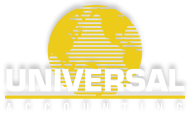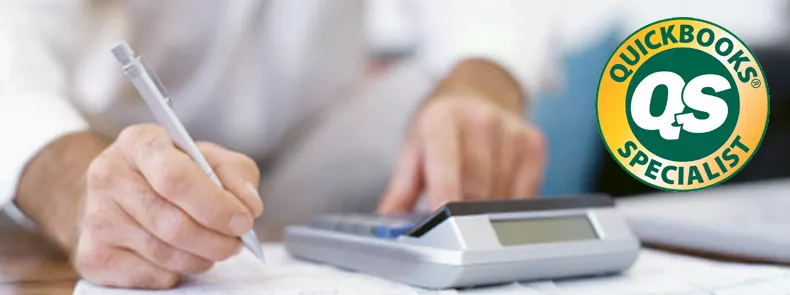Effective Email Communication (Part Two of a Two-Part Series)
10 Rules to Follow in Your Electronic Correspondence

- A clear and defined subject line
- Short and concise messages
- Grammatically-minded email
- A detailed signature
- Quick response
This week we’ll finish the series by sharing the final five rules for creating effective email correspondence.
6. When possible, personalize the emails sent to mailing listsWhen marketing you’ll often send email to a long mailing list of current and potential clients. No one likes receiving bulk mail which at first glance may appear spam-like. To avoid this and make these emails more appealing to recipients, personalize them as much as possible. It’s important that the voice be friendly and approachable. You should also try to address each recipient by his or her first name. This may take more time, or require you to purchase a subscription to a special electronic newsletter service, but it will be well worth it in the end.7. Mind your attachmentsOften you must pass electronic documents back and forth with your clients. It’s important to remember that while you may have high-speed internet and an email client that can manage large attachments, some of your clients may not. Do a simple test to see what average email users can handle attachment-wise. You don’t want to frustrate your clients or impede your workflow simply because your files aren’t arriving successfully in the recipient’s inbox.8. Avoid all-capsJust as you must attend to your emails’ grammar and spelling you must also mind the tone of your email. Using all caps makes the recipient feel as if you’re yelling at him/her. Avoid that by taking the time to punctuate your email properly.9. Use CC and BC correctlyIf you use the carbon-copy (cc) and blind copy (bc) features of your email incorrectly, you can really wreck some professional havoc. The carbon coby (cc) feature simply sends a copy of your email to all addressees. Remember that anyone receiving this email can see who has been copied. You blind copy (bc) anyone who you would like to know about the emailsecretively. Recipients cannot see who has been blind copied.10. Be as courteous and personable as possibleEmail can be a tricky medium because sometimes it’s difficult to correctly interpret an email’s tone. That’s why emoticons have become so popular; they enable senders and recipients to better understand how a message is intended. That’s why it’s especially important to be as overtly courteous and personable as possible. You’ll leave no margin for interpretive error when recipients read your emails.
It’s important that you ensure all your correspondence is as professional and effective as possible. Every piece of communication coming from your office represents you and your services. When there’s a glitch or an error, your professional image suffers. Following these ten rules will help you safeguard that image more successfully.
Share this post: on Twitter on Facebook on Google+




